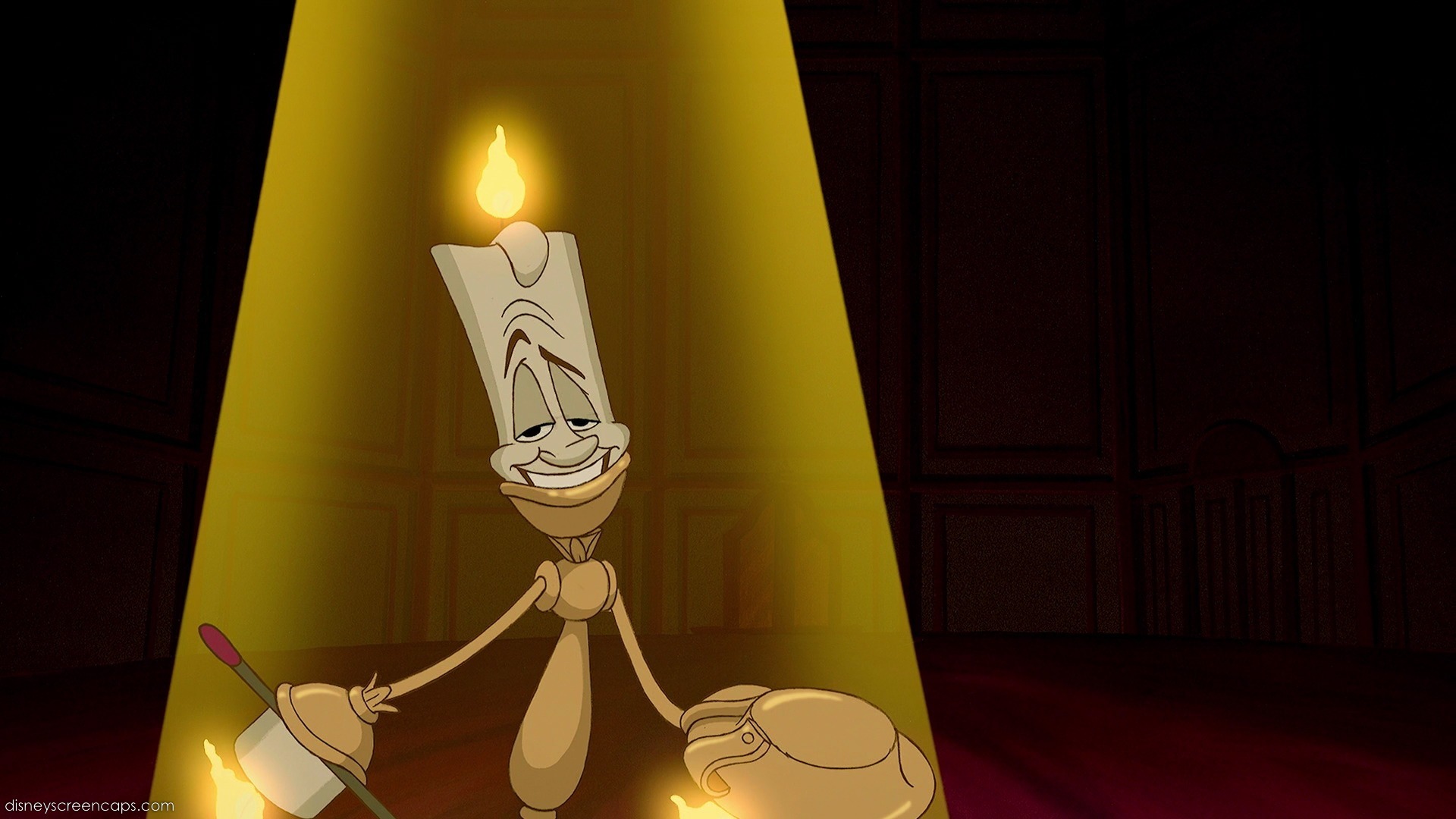In Ernest Cline’s novel, “Ready Player One” the reader is
transported to a dystopic vision of the distant future. In it, expansive
virtual worlds have become so immersive, people are rarely to be found walking
around in the polluted, crowded and resource depleted real world. Spielberg is
attached to direct but there’s not even a release date yet.
In a rare case of life not just imitating art, but beating it
to the punch, multiple VR headsets are set to hit the shelves by 2016.
Facebook owned, Oculus Rift, HTC’s Vive in cooperation with Valve (Which of all the teasers vids I saw had the one that got me
most excited.) And PlayStation with
it’s Project Morpheus system which will operate on the PS4 platform.
Dev kits are already available for many of these. Oculus is
promised on shelf by Q1 of 2016. The last build featured two 5 inch OLED
displays with a 960x1080 resolution and 75 hz refresh. HTC hasn’t confirmed a
date yet. But likely in the same time frame with a 1080x1200 resoloution and 90
hz refresh.
The implications for advertisers are as mindblowing as the
technology itself. So it’s never too early for us to start thinking about how
to craft stories in free-roaming 3D space.
In the VR core discussion, the first step was to talk
camera. Understanding how that works gives us some valuable clues on how to
story build in this environment. There are many players. But nobody quite as
far as along with a soup-to-nuts offering as Palo Alto startup, Jaunt.
As the picture suggests, there is no camera man. He/she
would be clearly visible to the viewer. There’s also no relensing
opportunities. There is no close-up. Which is one of the first adjustment
storytellers have to adjust to. An so, in the order they were delivered to me,
here are few tips for storytelling in VR World.
1)
Story. In VR World, story is present in the act
of the viewer doing things rather than us (as storytellers) telling them
things. Think of yourself as more of a guide than an author.
2)
It’s helpful to cede control. You can’t be all
Type A about what your viewer does. Prepare for their willfulness to contradict
your tour guideness at times.
3)
Your viewer will focus on the stupidest details.
They’ll obsess over stuff you don’t want them to. The implication here is to be
cautious about what to include. Superfluous stuff could lead to a rabbit hole
that will ultimately lead to disengagement with the experience you’ve created.
Focusing your viewers attention is, for that reason, very important.
4)
Don’t put
your viewer between actors. People don’t experience the world that way.
5)
Tell your viewer up-front if they are existent
or non-existent in the world. It saves a lot of frustration. This will help you
answer production questions like whether the actors will look right into the
camera or not.
6)
Just in terms of mental construct, it’s helpful
to think of it as REVERSE theater in the round, where the audience is on stage and the seating portion is where the actors
live.
Another interesting permutation could prover a more
successful and ultimately useful challenger to the full VR model. Two companies, Magic Leap and Microsoft with their project called Hololens,
are working on headsets that, in very broad terms, are like
Google Glass on Steroids.
Magic Leap uses a digital lightfield technology to blend real world images and created images in an indistinguishable way. Which is both cool and eerie.
Microsoft calls what they do “Mixed Reality” (as opposed to VR). Not clear if the technologies are similar. But what does seem clear upfront is that Mixed Reality leans toward productivity and life stuff where VR is a trippy, immersive escape more inclined toward gaming and entertainment.
Magic Leap uses a digital lightfield technology to blend real world images and created images in an indistinguishable way. Which is both cool and eerie.
Microsoft calls what they do “Mixed Reality” (as opposed to VR). Not clear if the technologies are similar. But what does seem clear upfront is that Mixed Reality leans toward productivity and life stuff where VR is a trippy, immersive escape more inclined toward gaming and entertainment.







